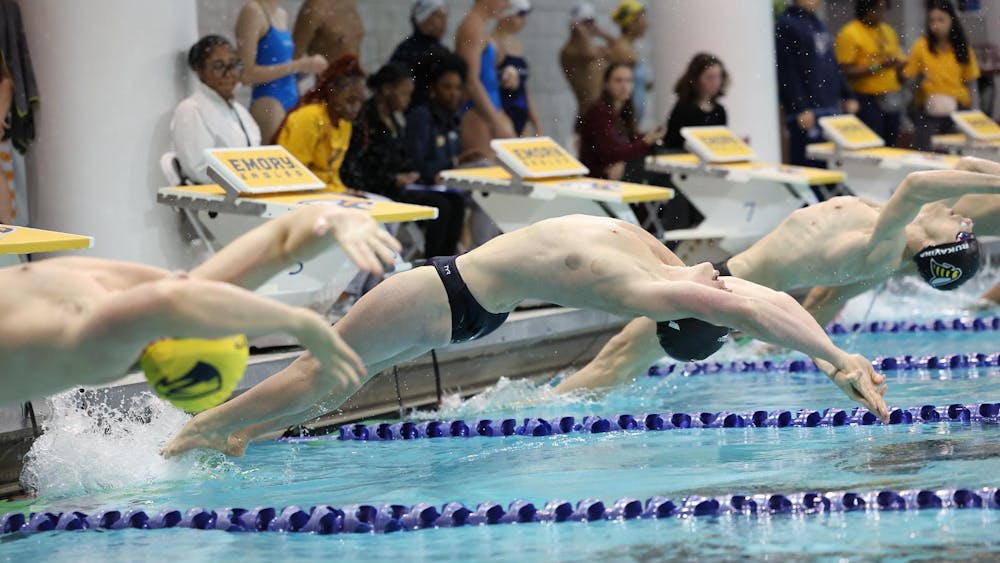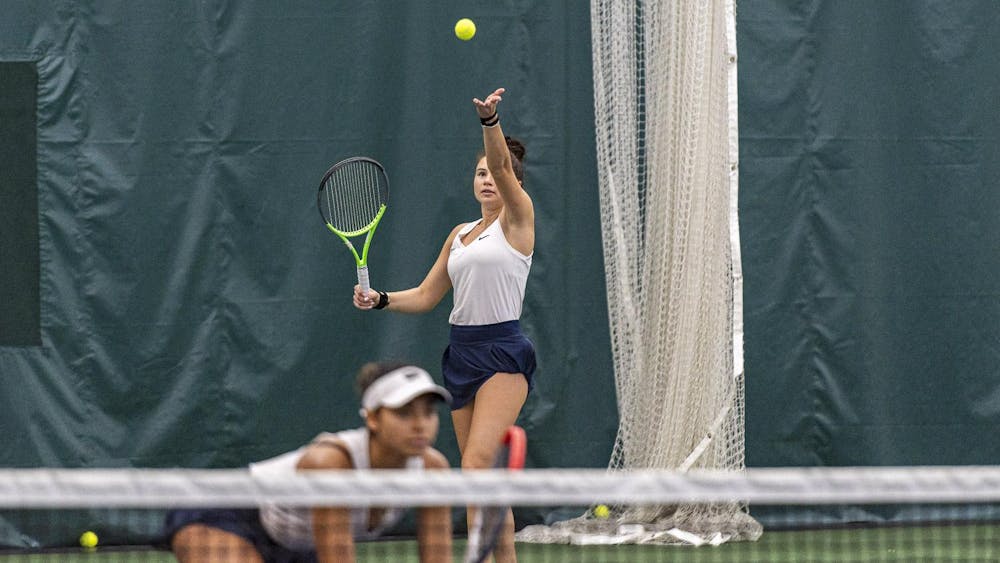When Ultimate Fighting Championship (UFC) President Dana White was asked in a 2011 interview by TMZ if there would ever be female fighters in the UFC, he adamantly responded, “Never, never.” Less than two years later, Ronda Rousey would headline her own UFC main event and go on to become one of the biggest draws in combat sports history. Since Rousey’s inspiring rise, the UFC has added four women’s weight classes that have produced multiple stars such as Amanda Nunes, Joanna Jedrzejczyk and Holly Holm, proving there is ample talent in and mainstream appeal for women’s mixed martial arts (MMA).
Almost every major sport has faced calls for better promotion of female athletes and competition, with many females today still feeling as though they don’t receive equitable coverage in comparison to their male counterparts. In general, females in all sports have consistently found it difficult to garner mainstream attention. Given the negative cultural and public perceptions of MMA, it is a surprise that the UFC is one of the few sports leagues where male and female athletes compete in the same organization.
In the early days of the UFC, many U.S. politicians, including then-Sen. John McCain (R-Ariz.), labeled the sport as “human cockfighting,” and the sport was blocked from appearing on any form of cable television and was actually banned in the state of New York. As the promotion garnered more popularity in the late 2000s, the sport became associated with anabolic steroid-fueled men such as Brock Lesnar, with fighters dawning the logos of Monster Energy and surrounded by bikini-clad ring girls. It is no surprise that in such a violent sport that epitomized toxic masculinity, respect and legitimacy for female mixed martial artists was evasive for many years.
Rousey’s rise and sustained popularity of female fighters proved that there is a real and large demand for female competition in the UFC. The technical ability and grit shown by these fighters has not only displayed the depth of talent in women’s MMA but has also produced some of the most exciting performances in UFC history.
This is most evident in UFC 248 last year, when the headlining event between two male fighters was considered one of the most boring and disappointing fights of the year. The co-main, however, between female fighters Weili Zhang and Jedrzejczyk, was a 25-minute battle that displayed the most technical aspects of MMA and subsequently earned the distinction of 2020 Fight of the Year by multiple publications.
According to ESPN's voting panel, the Fight of the Year so far is @joannamma vs. @MmaWeili at #UFC248
— ESPN MMA (@espnmma) July 1, 2020
? https://t.co/7YrENrtIS7pic.twitter.com/itEcfatYmI
Success of female fighters in the UFC has not only been important for the progression of women’s sports — it has also been crucial for increased acceptance of the UFC. In a promotion that struggled for years to find airtime and a mainstream audience, the introduction of women’s competition helped establish the legitimacy of the sport and shed its old image of human cockfighting.
Despite the long road female fighters have taken to establish themselves within the UFC, they still face an enormous hurdle: equal pay. While some top female fighters, such as Nunes and Valentina Shevchenko, receive large payouts after each fight, there is still a clear disparity between genders. Nunes is a two-division champion and has won her past 11 fights. She was the 10th-highest paid fighter in all of the UFC in 2020, and yet male fighters still made as much as double in the same year even with worse performances. For example, Junior dos Santos made almost twice as much as Nunes in the same year despite being knocked out in his past four bouts. The UFC has failed to acknowledge such a blatant disparity despite the undeniable commercial success of their female athletes.
The viability of women within the UFC was doubted from the beginning, but through their skills and unforgettable performances, they were able to prove they were more than deserving of performing on the same stage as their male counterparts. With the UFC quickly becoming one of the leading sports organizations in the world, the blood, sweat and tears sacrificed by female athletes must be reflected in their pay. As the sport continues to grow, so will the efforts by female fighters to earn their respect.





